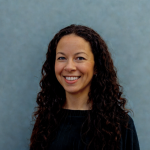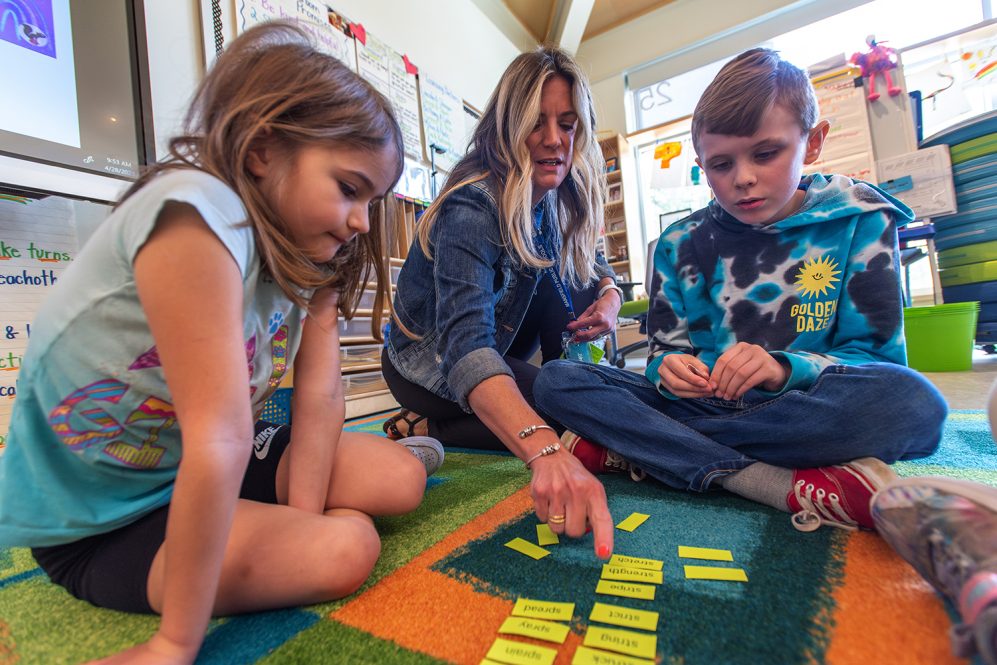Editor’s Note: Kristin Simmers prepared the following research brief (unabridged version) with the Center for Education Policy Analysis, Research, and Evaluation (CEPARE). The full brief examines year-round education for districts exploring its adoption. Below is an executive summary.
Year-round education (YRE) redistributes the traditional 180-day school calendar by incorporating shorter, more frequent breaks. Proponents argue that YRE can reduce learning loss, alleviate school overcrowding, and address educational inequities. However, findings on its effectiveness are varied, and evidence suggests outcomes may be influenced by the specific model and implementation context. This brief examines the academic, operational, and financial implications of YRE and key considerations for districts exploring its adoption.
YRE can be implemented as a single-track or multi-track system. In a single-track model, all students follow the same year-round calendar with scheduled intersession breaks, which can be used for remediation and enrichment. Research suggests these programs may help mitigate some learning loss, particularly for disadvantaged students, though the overall academic impact is modest and inconsistent. For example, a Virginia study found that while Black and Hispanic students in YRE schools showed greater gains in state test scores than their peers in traditional calendar schools, participation in intersession programs varied greatly, and there was no significant academic impact on the general student population (Brown et al., 2012). These findings suggest that the observed academic gains among certain student groups in YRE schools may be influenced more by the additional instruction provided during intersession than by the year-round calendar itself.
Multi-track YRE, designed primarily to ease overcrowding, staggers student attendance schedules and generally increases school capacity by 20-33% without building new facilities. While this model offers operational and financial benefits, research indicates little to no academic advantage in model adoption, and some students in lower-resourced tracks may even experience negative academic outcomes. For example, a California study found slight declines in reading and math scores among students in multi-track YRE schools, particularly in the first few years of implementation (Graves, 2011). Additionally, Wake County, North Carolina, which rapidly implemented multi-track YRE to address overcrowding, saw no overall academic gains but did succeed in reducing school population pressures (Graves et al., 2013). However, the YRE transition faced legal challenges from parents who opposed mandatory enrollment in multi-track YRE systems (McMullen & Rouse, 2012), and the district now actively includes parents in their school assignment process (Wake County Public School System, n.d.).
While YRE offers potential benefits, research findings are mixed and suggest its success depends on careful planning, stakeholder engagement, and thoughtful implementation. — Kristin Simmers
Implementing YRE requires careful consideration of financial, logistical, and community factors. Single-track YRE may increase costs due to intersession programming, staffing, and year-round operations, while multi-track models require complex scheduling and transportation coordination. Family schedules, childcare availability, and extracurricular activities must also be considered. Additionally, teacher workload and retention remain key concerns, as anecdotal reports on YRE’s impact on teacher stress are inconsistent.
Case studies from Greenwood, South Carolina, and Wake County highlight the role of local context. Greenwood 50 adopted single-track YRE in 2021 to improve low test scores and found that attendance at intersession remediation programs surpassed that of traditional summer school remediation. While test scores improved, other factors, such as smaller class sizes, may have contributed to these outcomes (Gregory & Turcotte, 2022).
For districts considering YRE, successful implementation may include:
- Defining objectives about whether YRE implementation will address overcrowding, improve academic outcomes, or both
- Engaging educators, families, and stakeholders throughout the decision-making process
- Ensuring equitable access to remediation and enrichment
- Securing funding for intersession programs when appropriate
- Considering a phased approach or pilot program before full-scale adoption
While YRE offers potential benefits, research findings are mixed and suggest its success depends on careful planning, stakeholder engagement, and thoughtful implementation.
CEPARE produces high-quality research, evaluation, and policy analysis that informs leaders and policymakers on a range of pressing issues, with a particular focus on enhancing social justice and equity across p-20 educational settings in Connecticut and beyond. Learn more about CEPARE, or access the PDF version of this rapid research brief (including all references and appendices), at cepare.uconn.edu.
 Kristin Simmers is a Ph.D. candidate in the Learning Sciences program at UConn’s Neag School of Education. She has over 16 years of international teaching experience and holds an MS in elementary education, MS Ed. in curriculum and instruction, and graduate certificates in special education and English as a second language. Her research explores teachers’ understanding of the brain and learning, emphasizing the connection between education research and classroom practice. She promotes a transdisciplinary approach, integrating insights from cognitive science, neuroscience, psychology, and health to enrich educational research. Through her various professional roles, she works to bridge the gap between research and practice, fostering meaningful collaboration across disciplines.
Kristin Simmers is a Ph.D. candidate in the Learning Sciences program at UConn’s Neag School of Education. She has over 16 years of international teaching experience and holds an MS in elementary education, MS Ed. in curriculum and instruction, and graduate certificates in special education and English as a second language. Her research explores teachers’ understanding of the brain and learning, emphasizing the connection between education research and classroom practice. She promotes a transdisciplinary approach, integrating insights from cognitive science, neuroscience, psychology, and health to enrich educational research. Through her various professional roles, she works to bridge the gap between research and practice, fostering meaningful collaboration across disciplines.



